People visit a golden stupa in Yangon, Myanmar. (Mainichi)Bagan Hotel (Riverview) truly does provide a magnificent view of the Irrawaddy flowing lazily along the western boundary of the lush grounds. Although well into the monsoon season, there was just one fleeting shower (the merest drizzle, really) during the four days we spent in Pagan and every evening we enjoyed the splendid sunsets for which the ancient capital is famous. From the verandah of our bungalow we would watch the red disc slide down at a regal pace, tinting the sky with impossible vermilions and oranges and yellows and lighting up fantastic cloud profiles before sinking behind the mauve and indigo hills that smudged the opposite bank of the river. It was a travel brochure photograph come to life.
Much has been written by scholars, specialists and casual visitors about the romance and wonder of Pagan. The scrubby plain is dotted with thousands of religious structures (the archaeological department lists more than 3,000, including the remains of very small edifices) of all sizes, each one, from the largest to the smallest, crowned with an apex rising towards the sky, the architectural expression of a yearning for something higher than mere material achievement. I can only add my personal impressionist gloss to a picture that has been painted too often to require an accurate reproduction. At twilight the city of pious intent is removed by deepening shadows to a dim realm that is neither in the past nor in the present.
The great majority of the smaller monuments are in varying stages of ruin and serve as an illustration of impermanence and decay and the crumbling of illusion, lessons appropriate not only in a Buddhist land but in any part of the earth where the powerful and the proud have tried to leave an ineradicable print of their authority and splendor. Pagan is evocative of vanished glory and lost civilizations and the pathetic arrogance of man so well depicted by the stony sneer of Ozymandias lying in colossal pieces in the endless desert sands: "Look upon my works, ye Mighty, and despair!"
How many of the kings and queens and princes and courtiers of Pagan who have left evidence of their apparent religious fervor in brick and mortar genuinely sought to free themselves from the bondage of samsara? How many aspired merely to prove their material worth in this world by the construction of costly monuments? How many viewed such works as an insurance policy that would guarantee their comfort throughout the cycles of existence because their minds shied away from encompassing the concept of nirvana?
The list of kings who ruled Pagan is long indeed but only one has ever captured my imagination: Kyansittha, whom the history books of my childhood said was the son of King Anawratha, the monarch credited with the first unification of Burma. Scholastic research however suggests that the two kings were not related by blood. Kyansittha was perhaps a commoner but he was uncommonly gifted. A man of courage and daring, he rose to be a general of the royal troops and became a popular hero. It is very likely he aroused the jealousy of the old king who seemed to have feared him as a possible usurper. When Anawratha died he was succeeded by a weak and incompetent son whose reign was very short. It must be assumed that no heirs of Anawratha's line remained for Kyansittha's subsequent ascension to the throne was unchallenged. Kyansittha proved to be an intelligent, able and compassionate king and the Ananda temple that he built reflects an attractive personality. Gracefully proportioned and engineered to provide both light and shade, it is beautiful in structure as in concept. To visit the Ananda is as much to pay homage to a rare ruler as to contemplate on the spiritual legacy represented by the unusual images of the Buddha that it houses.
Myanmar democracy icon Aung San Suu Kyi attends a national economic development forum in Naypyitaw, Myanmar, on Saturday, Aug. 20, 2011. (AP Photo/Khin Maung Win)The hotel grounds offered us a wonderful surprise in the form of two more temples, practically unknown, also attributed to Kyansittha. We were told that one was built at the beginning of his reign in thanksgiving for the victories he had achieved over his enemies while the other was an offering made towards the end of his life in atonement for the many acts of violence he had committed as a warrior. The modest sized structures, tucked in the garden near the dining terrace where traditional harp music is played every evening, have the air of private chapels and to light candles there in the quiet dusk is a different experience from praying in the big and famous temples.
My son and I had decided that we were not going to rush around all the old monuments apart from the Ananda and the little temples of King Kyansittha within the hotel grounds, we only visited two other temples, That-byin-nyu and Manuha. The latter has a special significance because it is generally held to have been built by a captive Mon king, Manuha. This long accepted history is now disputed by some scholars but it cannot be denied that the temple seems deliberately designed to create the heavy atmosphere of freedom deprived. The images of the Buddha are disproportionately large for the available space and produce in the visitor a sensation of claustrophobia, of the strained breathing of a soul longing to be free. To worship there is to be aware of two great needs for our country: the need to weave harmony between the different ethnic nationalities and the need to achieve the release of all political prisoners. There can be no holiday from such awareness.
(By Aung San Suu Kyi)
(Mainichi Japan) August 22, 2011





















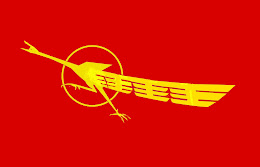





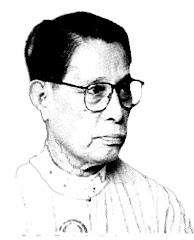


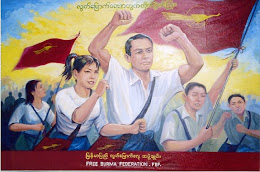





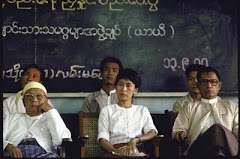

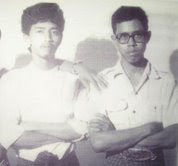

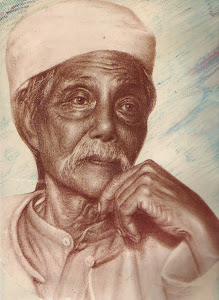
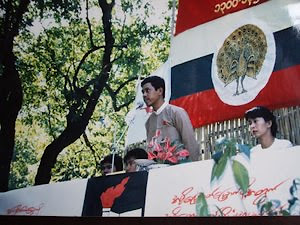
No comments :
Post a Comment